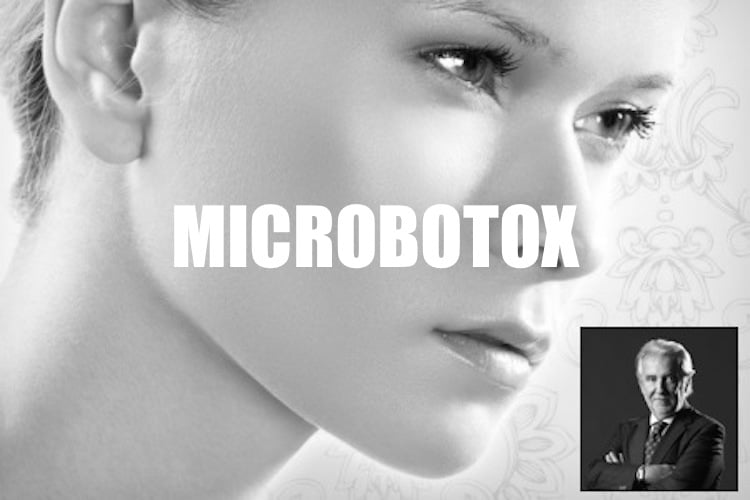It may seem strange, but botulinic toxin was discovered – in 1793 by physician and poet Justinius Kerner – thanks to a bout of food poisoning following a wedding banquet at which sausages were served. Hence the name: “botulus”, meaning “sausage”. However, it was only in 1897 that Clostridium botulinum, the bacteria from which the toxin originates, which can develop in all poorly conserved foods and in the absence of air, was isolated. Then, in the 1940s, some American researchers realised that botulin had a whole series of therapeutic properties, which now have the approval of the American FDA (Food and Drug Administration): from lazy eyes to sweaty palms, armpits and feet, from cervical dystonia to chronic migraine.

Not forgetting its aesthetic applications of course, which have transformed it into the superstar of cosmetic intervention. Injected in quantities 10 times lower than those used for therapeutic purposes, this substance acts on the peripheral nerve endings, preventing the release of acetylcholine and blocking the connection between nerves and voluntary muscle tissues, and consequently relaxing the contraction. Result: after a few days, wrinkles – particularly expression lines – are visibly improved and the skin looks firmer and smoother. The effect lasts from four to six months.
Like a “mat” across your face
While aesthetic prescriptions and protocols have remained unchanged in recent years, today, thanks to the research of Woffles Wu, a Singapore-based plastic surgeon, botulinic toxin has entered a new chapter in its story: Microbotox. The substance is exactly the same. What changes is the dosage, which is now in very tiny, almost homeopathic, quantities. With the aim (achieved) of contrasting certain unsightly conditions: acne, open pores, rough texture and dull complexion. The method is extremely simple and painless: after marking out and disinfecting the area to be treated (face – particularly forehead, cheeks and eye area – throat and neckline), the specialist injects the botulinic toxin, with very fine, 4 mm-long syringes, spaced about one centimetre apart, creating a sort of “mat” across the face. In this way, the substance no longer acts at muscular level (as described for previous interventions), but much more superficially, at dermal level, strongly stimulating fibroblasts, the cells responsible for the synthesis of collagen and elastin.
The skin relaxes and regains density, the complexion is brightened and the jawline is redefined, accompanied by mitigation of vertical grooves and the horizontal rings around the neck. The sebaceous and sweat glands, present at cutaneous level, benefit from this action, with the reduction of acne and dilated pores. No side effect: just a slight redness which disappears within a few hours, while the first results are visible after 2-3 days and last about 3-4 months, after which it is possible to repeat the treatment, prolonging the effects. Microbotox does not interact with other aesthetic treatments, such as chemical peeling, laser, pulsed light and fillers.

